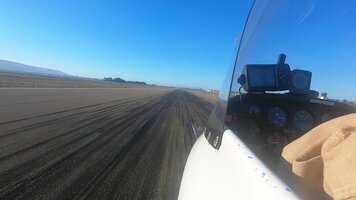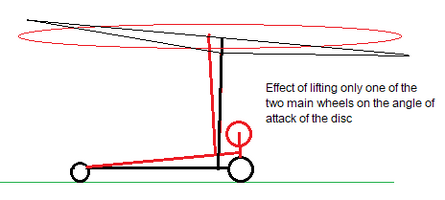- Joined
- Oct 30, 2003
- Messages
- 18,377
- Location
- Santa Maria, California
- Aircraft
- Givens Predator
- Total Flight Time
- 2600+ in rotorcraft
Stevensville, Maryland
Aircraft rolled over on its side while attempting to land.
One person, No injuries
Registered to Steven j Mance
Poughkeepsie, New York
Aircraft rolled over on its side while attempting to land.
One person, No injuries
Registered to Steven j Mance
Poughkeepsie, New York


